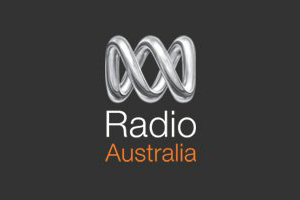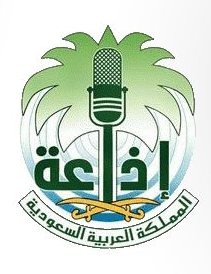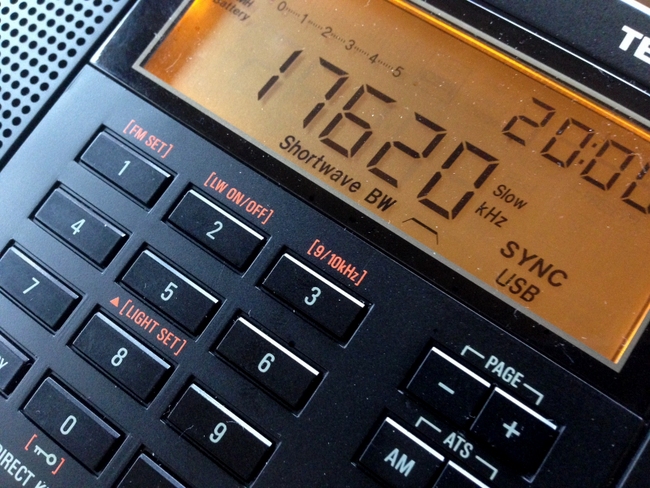[Update: Please note that this survey has been closed, but the audio samples–labeled Radio A and Radio B–will remain to allow others the opportunity to make an evaluation prior to reading the PL-680 review.]
[Update 2: The PL-680 review and readers’ survey results have now been posted! Check it out here.]
The results from the PL-680/PL-660 reader survey have been pouring in! As of this posting, over 160 readers have participated by listening to and evaluating the AM shortwave audio samples. Thank you!
This morning, I spent time comparing the Tecsun PL-660 and PL-680 with synchronous detection in mind. Time permitting, I hope to publish at least a medium wave audio survey, too, before I post the PL-680 review later this week. I doubt I will post an SSB reception survey since my digital recorder injects a bit of noise into those recordings.
If you’re not familiar with these readers surveys, please read our previous post, as it contains all of the vital info and disclaimers.
To participate in this survey, start by simply listening, then fill out the form that follows with your choice of “Best Radio” for each broadcast. Please note that I include two recordings per broadcast, but ask that you choose the best radio overall for each broadcast.
For example: if you feel that Radio A is better in the first recording of Radio Australia, but Radio B is slightly better in the second recording (again, of Radio Australia), you still need to chose which radio is best overall in the Radio Australia recordings set.
You’ll note that signal stability varies between the two recordings; this is simply the nature of shortwave radio. Also note that each recording was made within one minute of the other in each set.
Audio Samples
Radio Australia 9,580 kHz
 Below I’ve provided two recordings of Radio Australia on 9,580 kHz. In both recordings, I have the PL-660 and PL-680 in normal AM mode for the first half of the recording–you will hear a het (hetrodyne–which sounds like a high-pitch tone) in the upper sideband. About halfway through the recording, I switch each radio into lower sideband sync, which effectively removes the het sound.
Below I’ve provided two recordings of Radio Australia on 9,580 kHz. In both recordings, I have the PL-660 and PL-680 in normal AM mode for the first half of the recording–you will hear a het (hetrodyne–which sounds like a high-pitch tone) in the upper sideband. About halfway through the recording, I switch each radio into lower sideband sync, which effectively removes the het sound.
I have provided two recordings for each radio since QSB (fading) was fast and deep. Indeed, you’ll note in the second set of recordings that the radios had more difficulty maintaining the sync lock.
Radio Riyadh 17,615 kHz
 Radio Riyadh could certainly be considered weak-signal listening this morning, though their opening on 16 meters was quite good for the time of day.
Radio Riyadh could certainly be considered weak-signal listening this morning, though their opening on 16 meters was quite good for the time of day.
In the recordings below, I start in AM mode, then switch the radio to USB sync after 15 seconds, and to LSB sync after 30 seconds.
In the first set of recordings both radio’s filters are set wide; in the second set, narrow.
First Recording: Radio A – (wide band filter)
First Recording: Radio B – (wide band filter)
Second Recording: Radio A – (narrow band filter)
Second Recording: Radio B – (narrow band filter)
Submit your response
Click here to use our response form to vote on your favorites, or simply use the form embedded below:
I’ll leave all PL-660/PL-680 comparison surveys open for evaluation until I publish the Tecsun PL-680 review.

